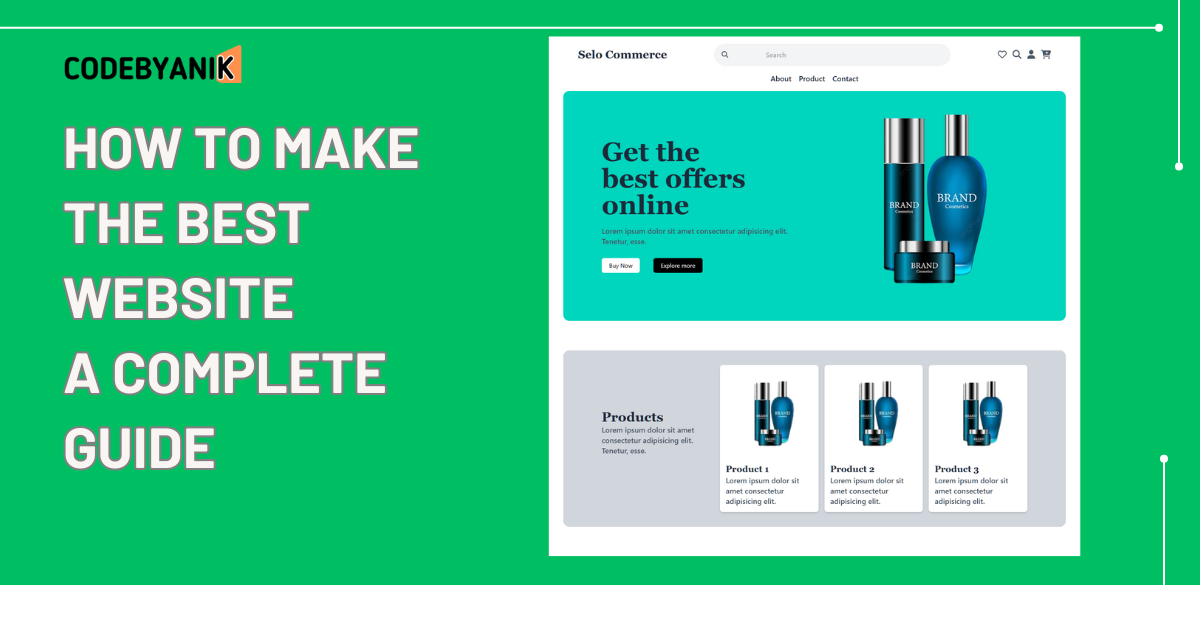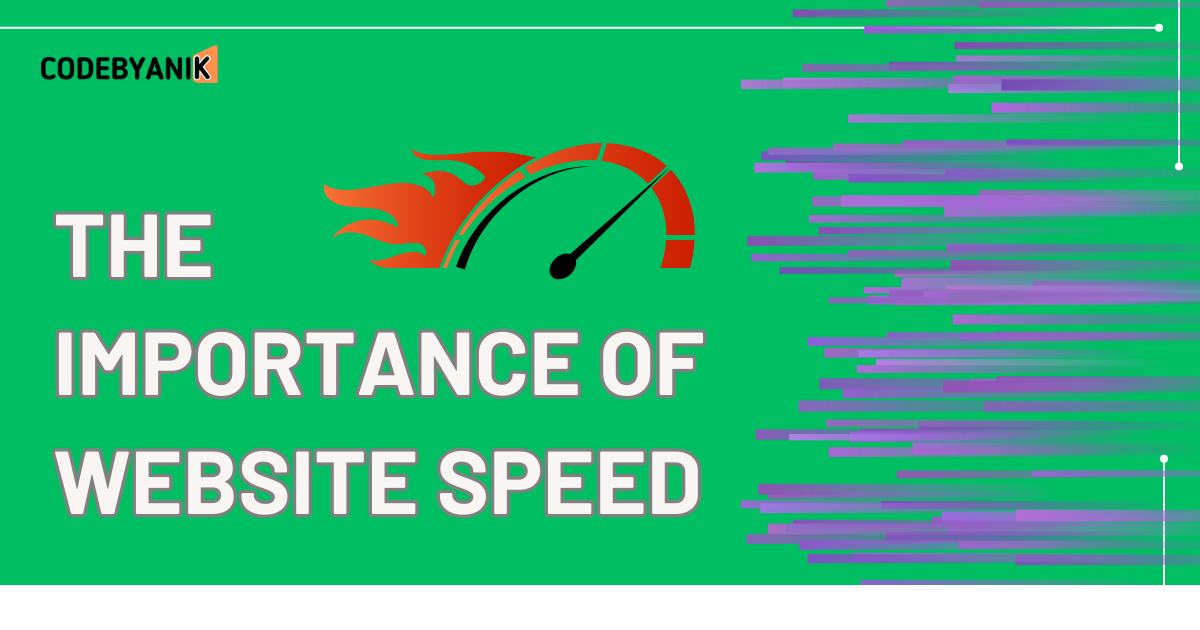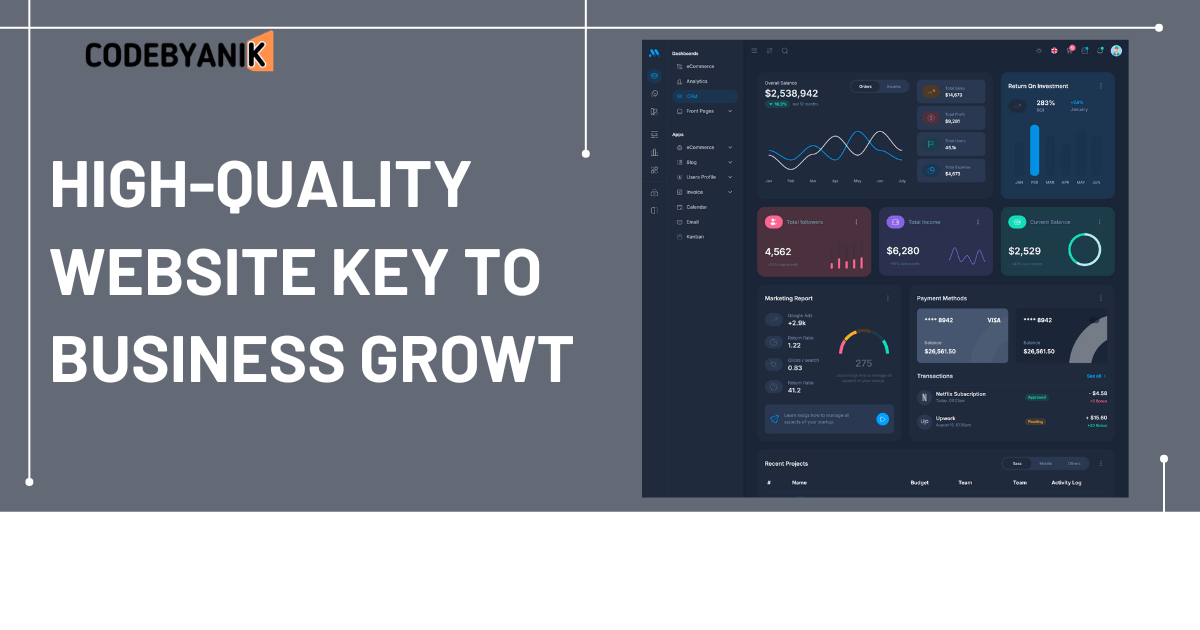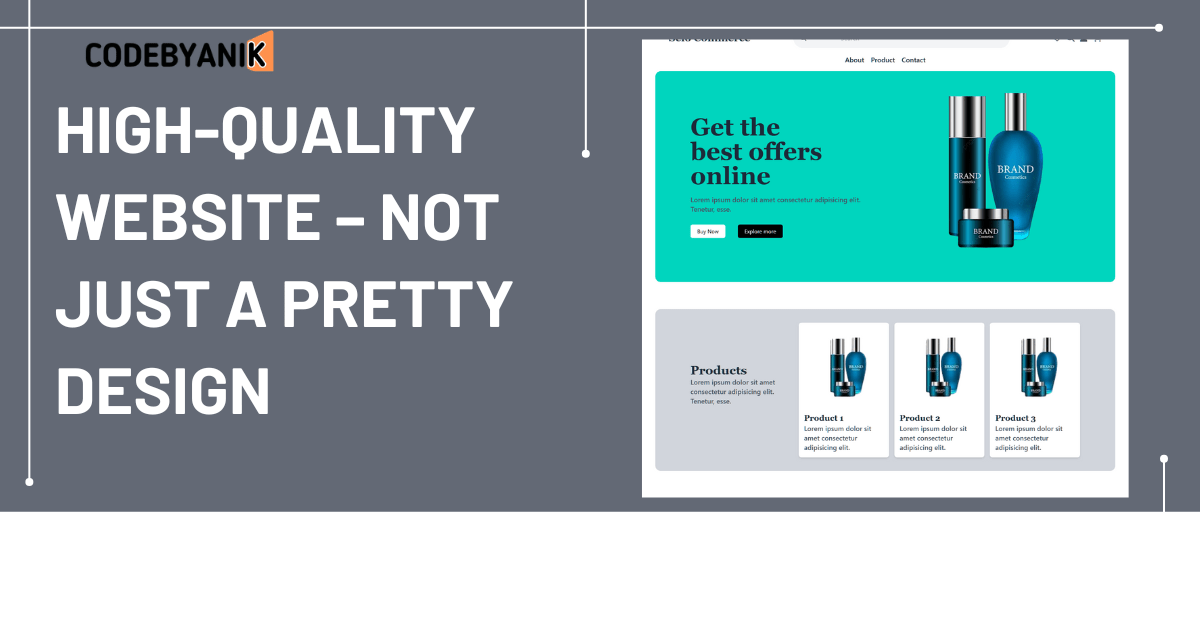Creating the best website requires more than just a visually appealing design. It involves strategy, user experience, SEO, and high-quality content. Whether you are a business owner, blogger, or developer, understanding how to make the best website will help you attract and retain visitors.
1. Define Your Website’s Purpose and Audience
Before diving into design and development, you need to clearly define the purpose of your website. Ask yourself:
- What is the goal of the website? (E.g., e-commerce, portfolio, blog, business )
- Who is the target audience?
- What problems will your website solve?
Understanding these aspects will help in designing a website that aligns with your audience’s needs.
2. Choose the Right Domain Name and Hosting
A strong domain name enhances credibility and SEO. Follow these tips:
- Keep it short and memorable.
- Use relevant keywords.
- Avoid hyphens and numbers.
For hosting, select a reliable provider like Hostinger or Bluehost to ensure fast loading speeds and uptime.
3. Focus on User-Friendly Design and Navigation
User experience (UX) plays a crucial role in making the best website. Consider these key aspects:
- Use a clean and modern design.
- Ensure easy navigation with clear menus.
- Optimize for mobile responsiveness.
A well-structured website reduces bounce rates and improves engagement.
4. Optimize for SEO (Search Engine Optimization)
SEO is essential to rank higher on search engines and attract organic traffic. Here’s how to optimize your site:
- Use relevant keywords like “how to make the best website” naturally.
- Optimize title tags, meta descriptions, and image alt text.
- Implement internal links to related content (e.g., “Why a High Quality Website is the Key to Business Growth in 2025”).
- Get backlinks from authoritative sources (external links) to improve domain authority.
5. Create High-Quality and Engaging Content
Content is king when it comes to making the best website. Your content should:
- Be informative and valuable.
- Include multimedia elements like images and videos.
- Have a conversational and engaging tone.
Regularly update your blog section with useful articles to keep your audience engaged.
6. Ensure Fast Loading Speed and Performance
Site speed impacts user experience and SEO rankings. Improve loading speed by:
- Compressing images with tools like TinyPNG.
- Using a Content Delivery Network (CDN).
- Minimizing HTTP requests and using caching plugins.
7. Implement Security Measures
Security is critical for protecting user data and maintaining credibility. Follow these practices:
- Use SSL certificates (HTTPS) for secure browsing.
- Regularly update plugins and themes.
- Enable two-factor authentication for better security.
8. Test and Improve Your Website
Making the best website is an ongoing process. Use tools like Google Analytics to monitor performance and make necessary improvements.
By following these steps, you can create a professional, SEO-friendly, and high-performing website. Whether you’re building a personal blog or a business site, applying these best practices will help you succeed in the digital world.









